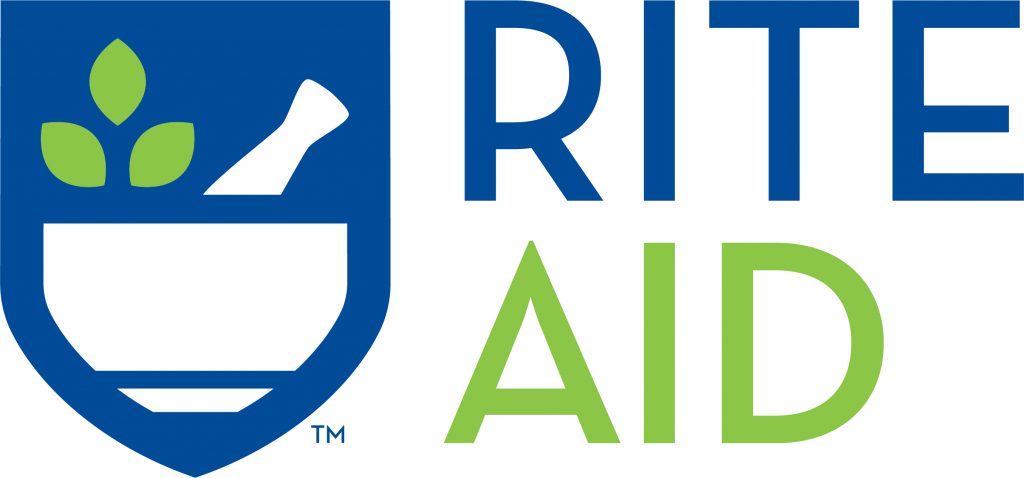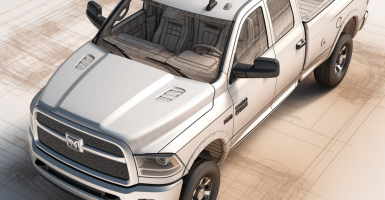Rite Aid Plans To Survive By Moving Its Stores To Pharmacy Deserts
Rite Aid is attempting to leverage pharmacy deserts, or rural locations without a pharmacy nearby, as a means of expanding and strengthening its business by opening up locations in those areas.
This article is more than 2 years old

Rite Aid is expanding its rural locations nationwide at the same time that it is shuttering many other locations across the country. While it is lovely to live in the countryside with extra space and quiet surroundings, one of the major benefits of living in a larger town or city is the facilities. These facilities are something that is missing in most rural communities, and Rite Aid knows that.
To combat the lack of pharmacies in countryside locations, Rite Aid is opening mini locations in smaller communities. The first mini location for Rite Aid opened in Craigsville, VA, which has a population of approximately 900 residents. The pharmacy is 3,000 square feet and stocks essential medicine and medical accessories needed for such a close-knit community.
Before the addition of this pharmacy, residents of Craigsville had to drive to neighboring towns to collect prescriptions or purchase over-the-counter medical treatments. While Rite Aids stores are usually measured at between 11,000 and 15,000 square feet, they have opened a further two mini pharmacies across Virginia, in Greenville and Scottsville.
The Greenville pharmacy is smaller than the Craigsville location, measuring 2,400 square feet. Before this location had opened, residents had to drive over seven miles to the nearest pharmacy.
Within these mini-pharmacies, there will be a full pharmacy service with a mixture of health and wellness products to meet the needs of all ages. The working staff will consist of two full-time pharmacists and a part-time pharmacy technician that will float between two locations near one another.
Rite Aid released some worrying statistics about unused medication in America. They stated that 1 in 10 of the population is more than five miles away from a pharmacy. With pharmacies being so inconvenient, it is resulting in nearly 30% of Americans failing to take their medicines. This failure ultimately costs Americans at least $500 billion annually in avoidable or unused medical costs.
Rite Aid’s president believes supporting customers in more rural areas is the answer to these problems. It is also an opportunity for their business to grow tremendously with minimal cost. She stated while small independent companies may set up pharmacy locations in these areas, they do not have the reputation and accessibility that Rite Aid has.
While it is an excellent business move for Rite Aid, they may encounter some problems. Due to the low population of these rural locations, their stock may be slow to move compared to other places in cities or big towns. Also, they will not stock grocery items, such as snacks, cigarettes, and beer that have been proven to increase pharmacy footfall.
There may be higher insurance and security costs for these locations, as some places have a high crime rate. Rite Aid is considering locking up higher value items, like chain stores Walmart and Target do, to decrease shoplifters. In 2022, they saw a $9 million increase in shoplifting, which shows that something needs to change.
Even though there may be hiccups along the way, the introduction of mini-pharmacies to rural areas across America is good for Rite Aid and the communities that receive them.








